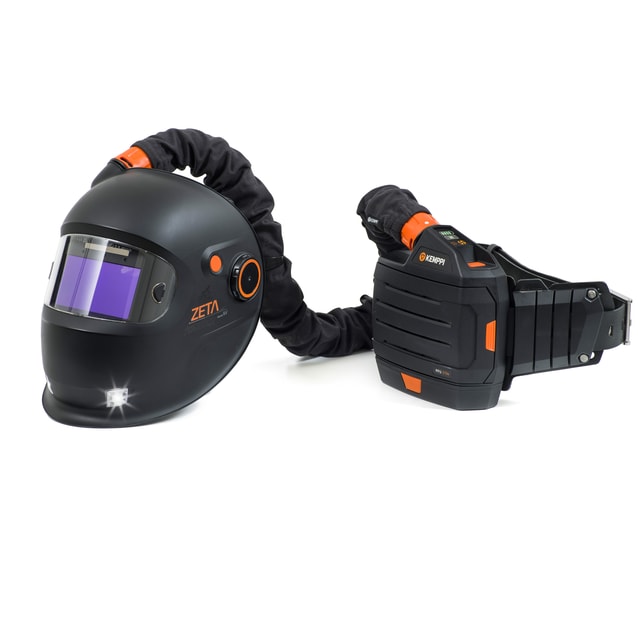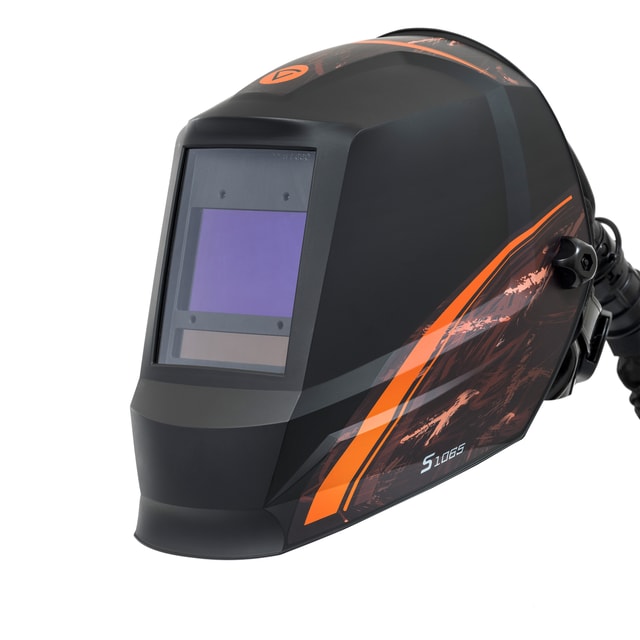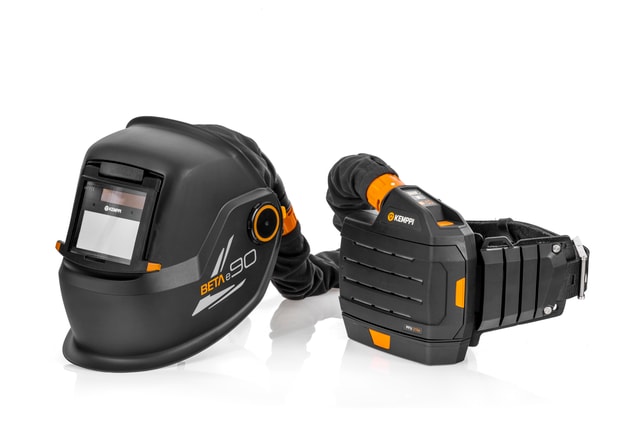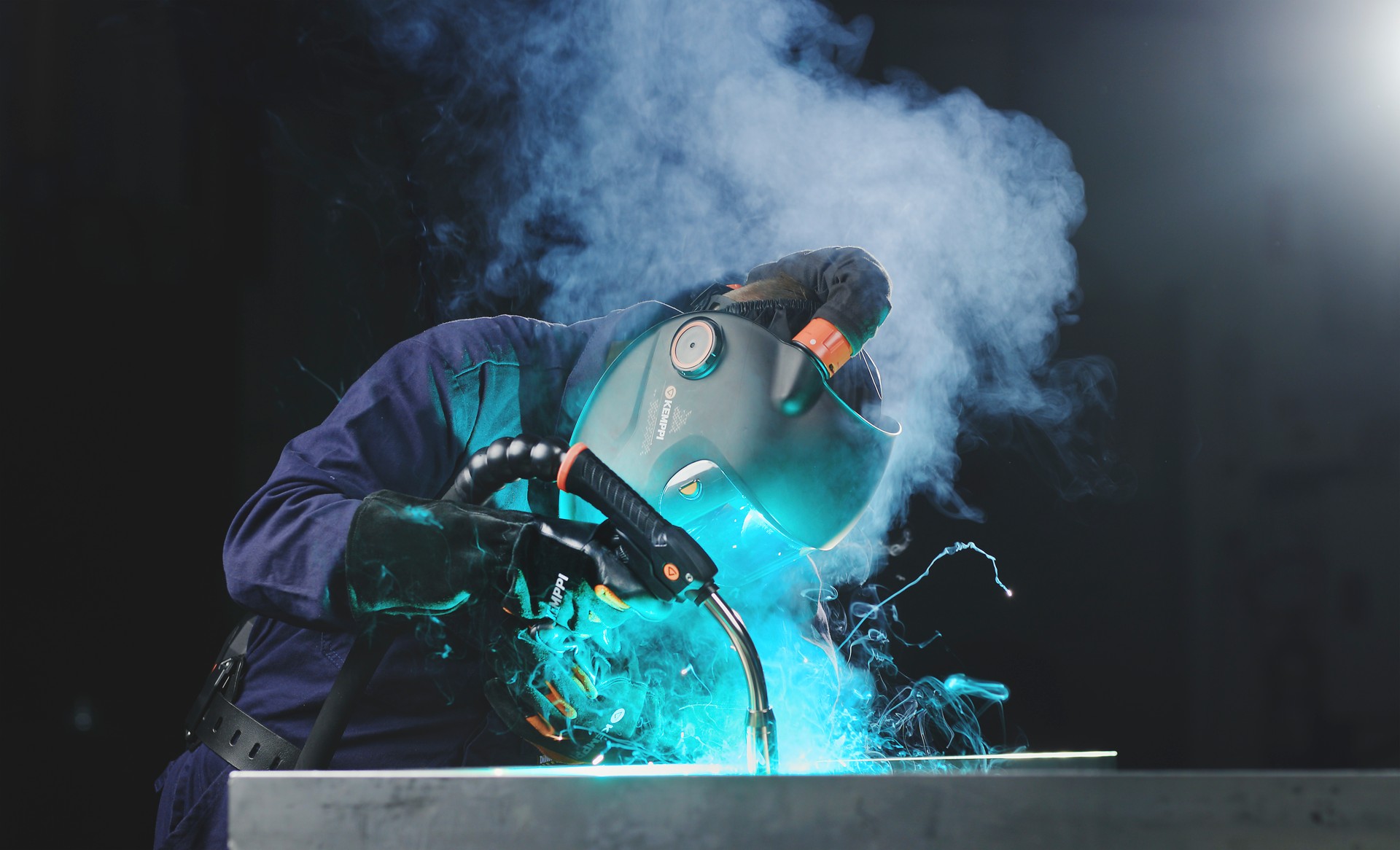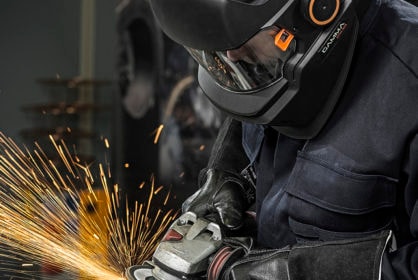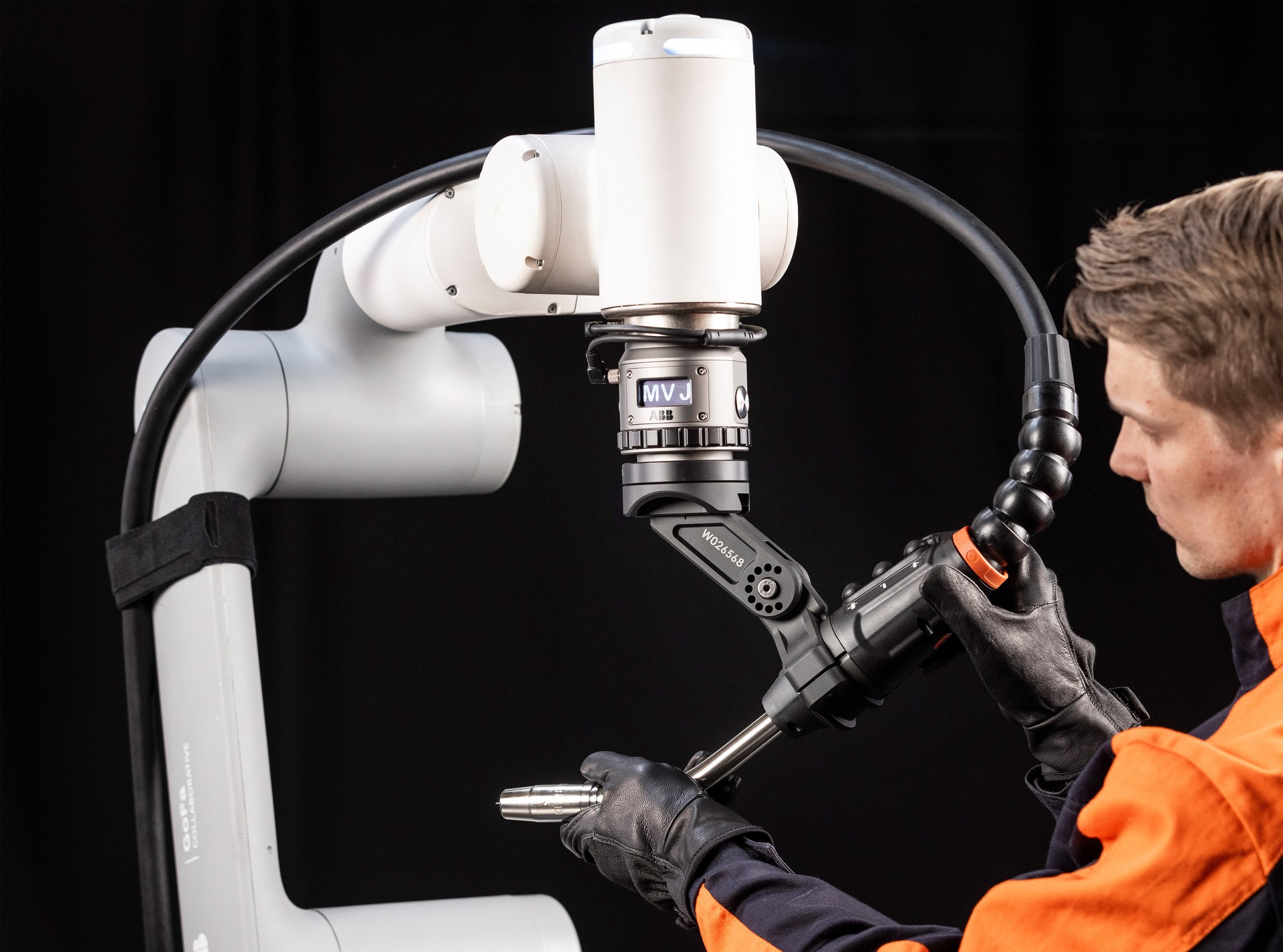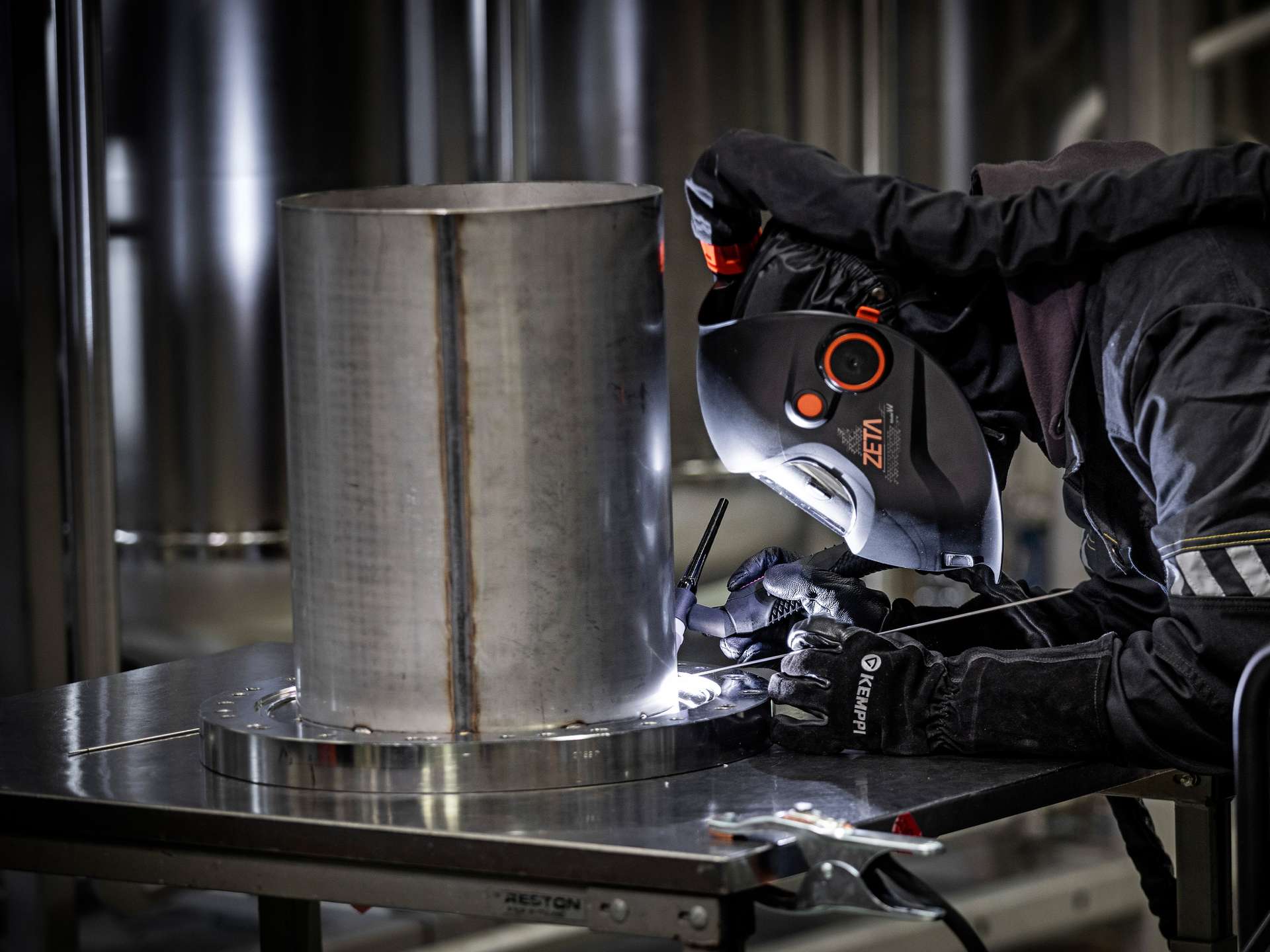
Sécurité
Expert insights: Choosing welding helmets and respiratory protection – prioritizing safety over cost
21 novembre 2024
Selecting the right welding helmet and respiratory protection system is crucial for protecting welders in high-risk environments. While cost may factor into decisions, the need for effective, high-quality protection should always come first.
Risto Etelämäki
To help companies and welders make informed decisions about PPE, we spoke with three of Kemppi’s top safety experts, each with a wealth of experience in welding safety: Danny Barr, Philippe Marchal, and Stefan Strohsacker. They bring diverse expertise from across the industry, sharing key considerations for selecting welding helmets and respiratory protection systems that ensure worker safety.
Meet the experts
Danny Barr, UK Product Area Manager for Safety, brings over 15 years of experience in safety equipment, with expertise in respiratory protection and Face Fit testing certification.
Philippe Marchal, Safety Sales Manager for France, has spent nearly two decades with major safety brands and has an extensive background in safety equipment and client consulting.
Stefan Strohsacker, Sales Manager for Safety in Germany and Austria, has deep experience in different roles focusing particularly on the PPE needs in welding and cutting environments.
They are all now using their expertise at Kemppi to help organizations enhance worker safety with dependable equipment.
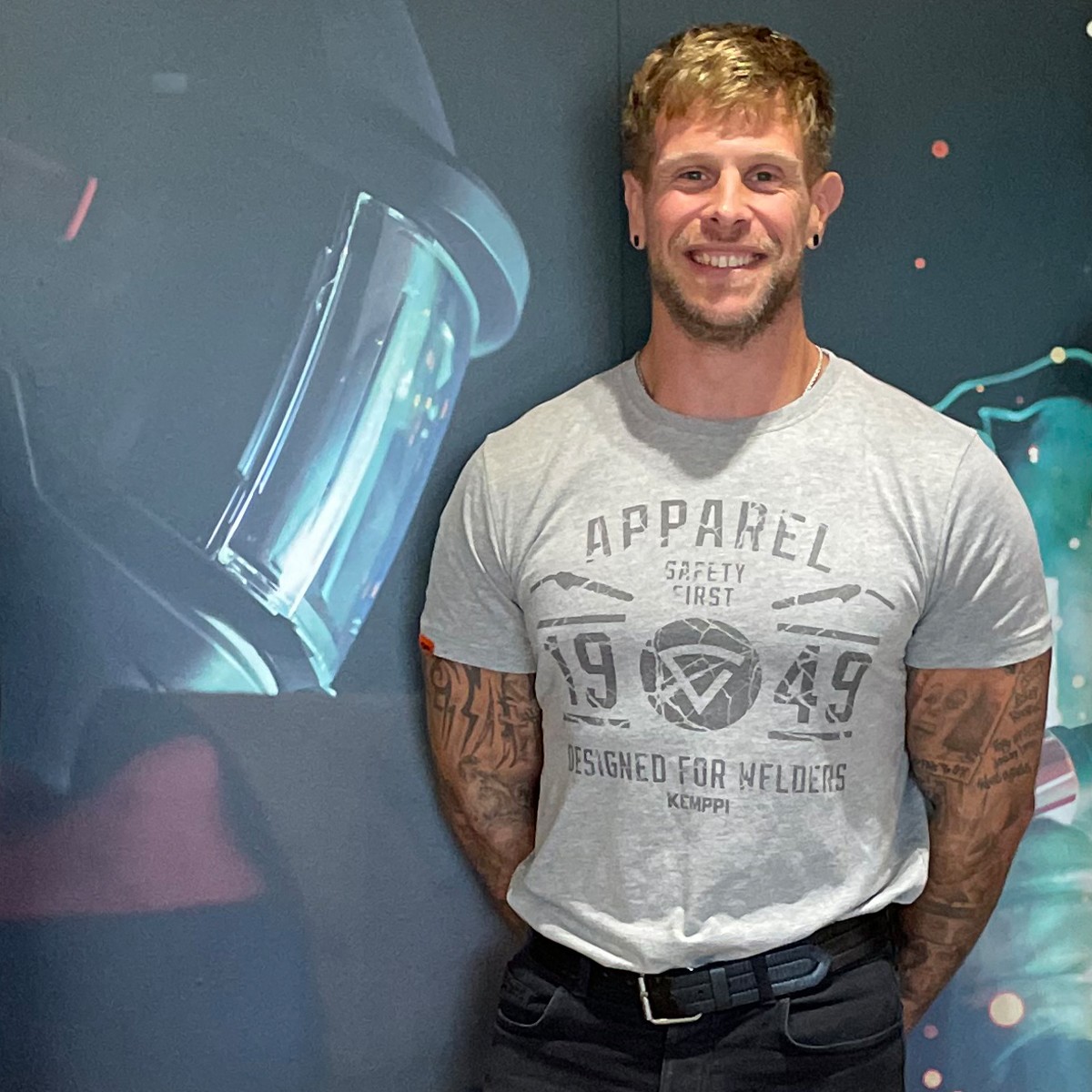
Danny Barr
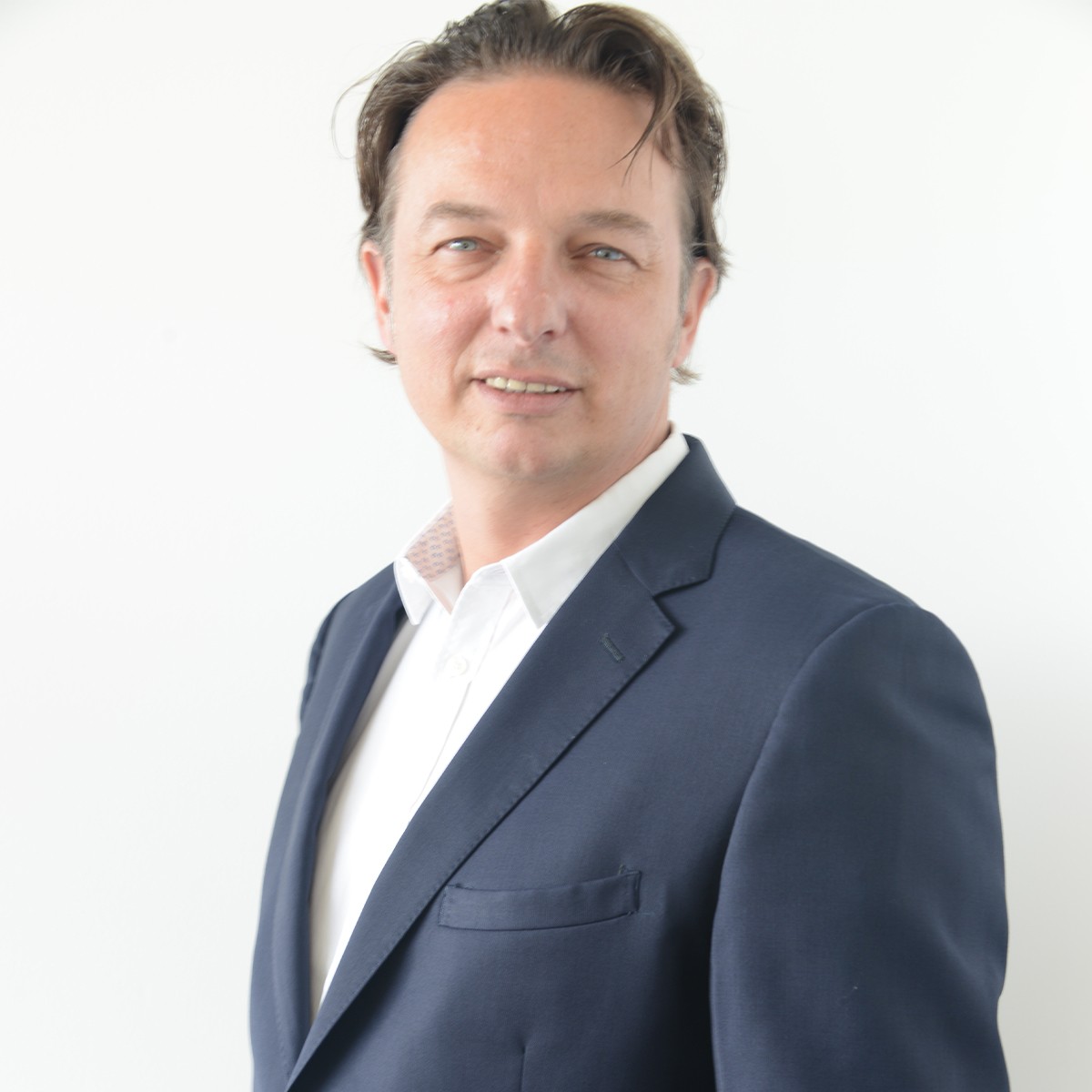
Philippe Marchal
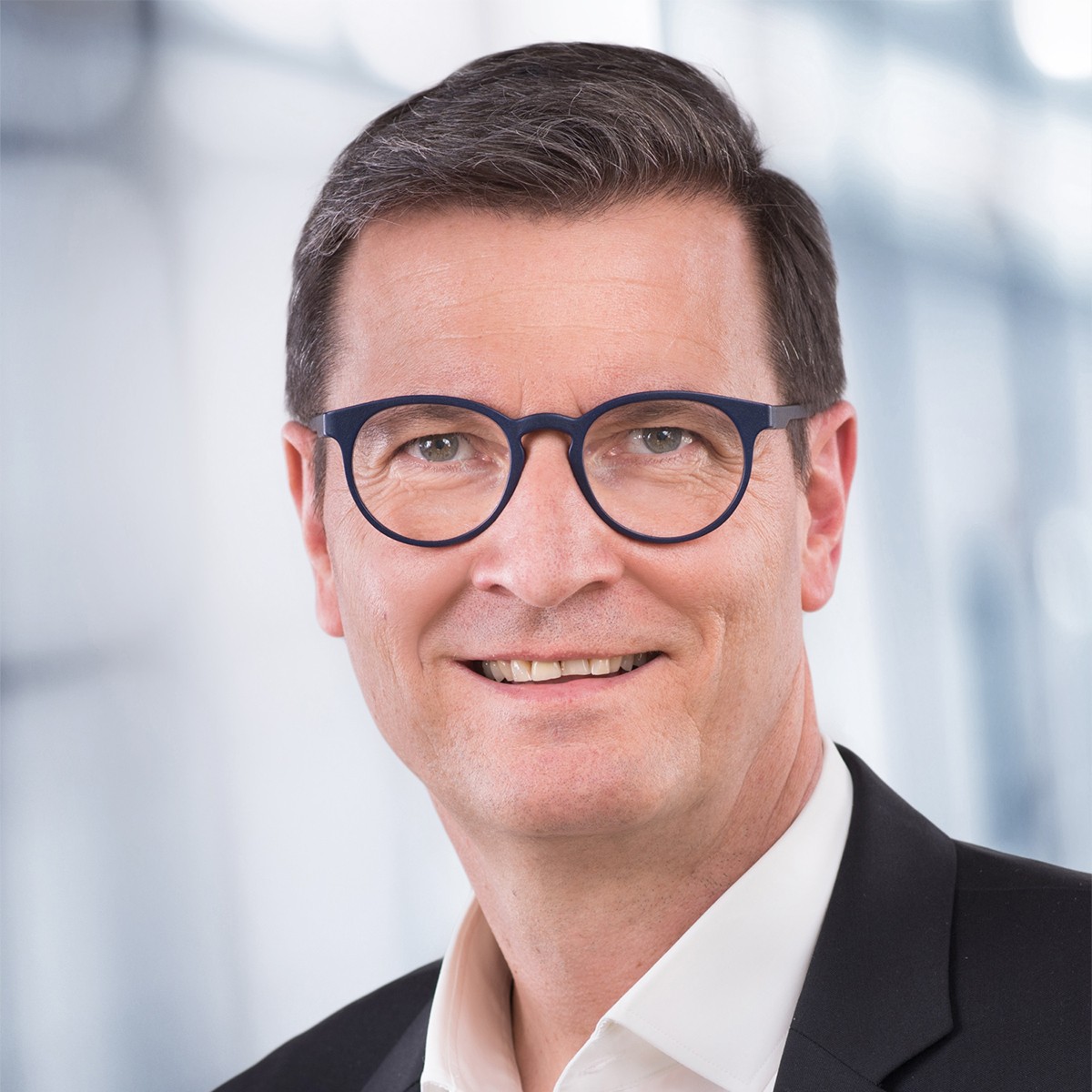
Stefan Strohsacker
The true value of safety: Why cost should never compromise PPE
In organizations committed to safety, high-quality protection—not price—drives PPE decisions. Skimping on essential, high-risk PPE like welding helmets and respirators is not worth the potential danger. As Danny points out: “Cutting corners on high-risk PPE can be dangerous. Quality is essential for keeping workers safe.” Philippe echoes this sentiment, emphasizing that: “Safety is priceless. The right equipment doesn’t just protect workers—it saves lives.” PPE is far more than an accessory; it’s a vital, potentially life-saving layer of protection against both immediate injuries and long-term health risks.
Stefan agrees, noting that while pricing expectations vary, PPE quality must remain high. “Choose the most optimized protection level for your needs”, he advises, emphasizing that certifications such as EN12941 and TH3 classification are indicators of dependable quality and safety.

Key factors to consider when choosing a welding helmet
Safety standards & task suitability A welding helmet must meet safety standards while being tailored to the specific tasks at hand. Danny emphasizes the importance of matching PPE to the job, noting: “The setup must protect against the hazards faced. Always check certifications and ensure the equipment is compliant with safety standards.” Stefan adds that ADF filters should be notified-body-certified and offer top optical class ratings, ensuring optimal protection and clarity.
Comfort & usability Comfort is essential, especially for welders wearing helmets for extended hours. Philippe notes that lightweight helmets help prevent fatigue and physical strain: “Comfort is critical — welders wear their helmets for hours. A heavy helmet can cause neck strain over time.” Stefan agrees, emphasizing that a well-balanced helmet with even weight distribution helps prevent neck and shoulder strain. For maximum comfort, he suggests looking for helmets in the range of around 500 to 600 grams (without PAPR).
Technical features Key features make a significant difference in safety and usability. Danny recommends a flip-up visor for welders who frequently alternate between welding and grinding tasks, allowing them to stay protected without removing the helmet. Stefan highlights the importance of a Vision+ / true-color ADF, which enhances visibility when the filter is inactive, and adjustable ADF controls that don’t require removing the helmet. These features streamline the welding process while ensuring protection.
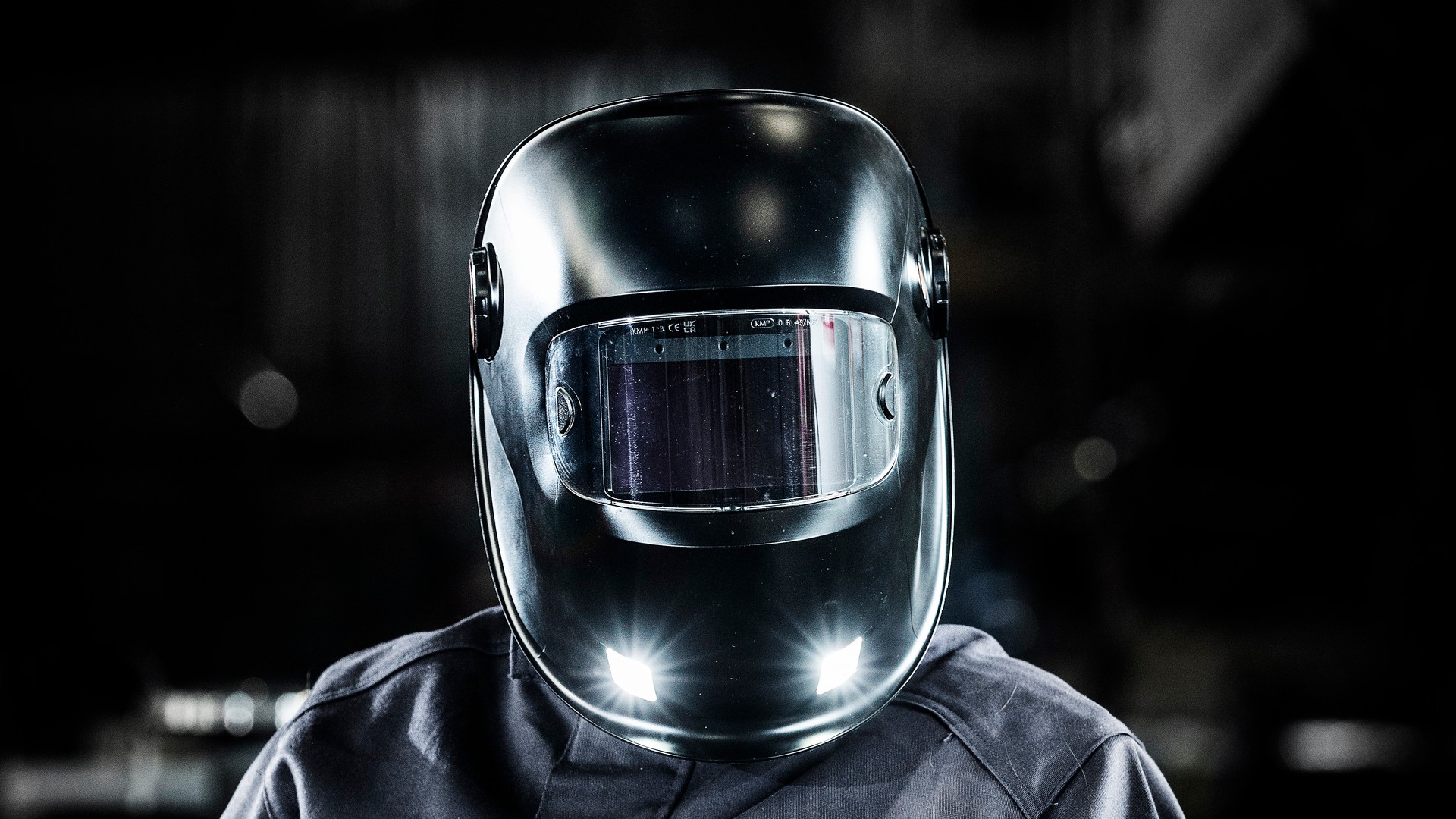
Respiratory protection: A long-term investment in health
Respiratory issues often go undetected until they become severe. As Danny points out, respiratory protection can sometimes be overlooked because its effects aren’t immediately visible: “Respiratory protection is often overlooked because the health impacts aren’t immediate. But by the time respiratory damage is apparent, it’s often too late.” Chronic exposure to fumes and particles can lead to serious respiratory conditions, underscoring the importance of effective respiratory PPE.
Stefan emphasizes that selecting the right type of respirator is critical, with Face Fit testing essential to ensuring a secure fit. He advises welders to look for EN12941-certified equipment with a TH3 classification for maximum filtration, especially in demanding environments. Philippe recommends air quality assessments to determine the appropriate filter type for specific hazards, whether it’s dust, fumes, or gases.
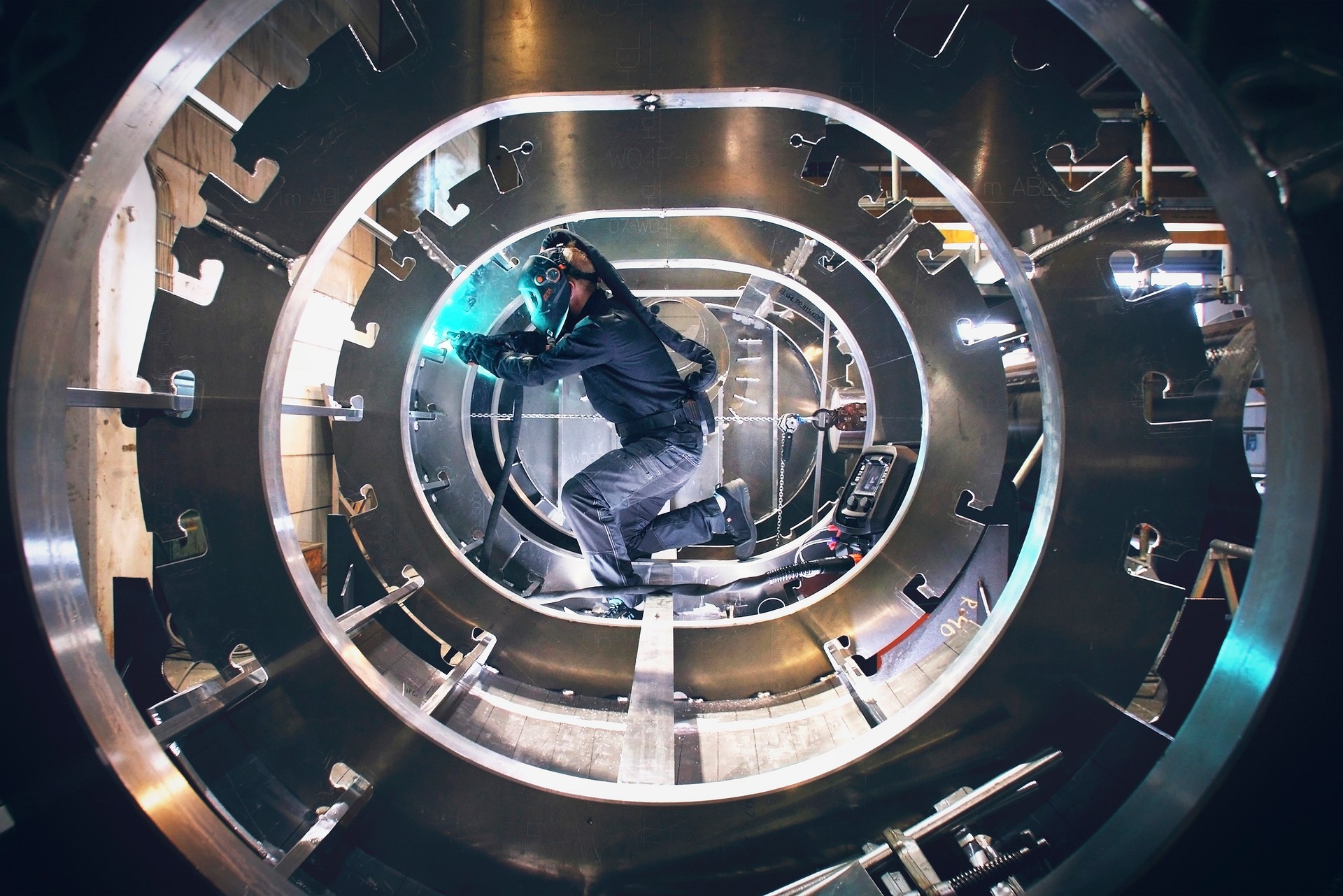
Danny recalls an insightful moment during a Face Fit test at a shipyard, where a welder, proud of his eye safety practices, told him, “I only have one pair of eyes.” Danny responded: “And how many pairs of lungs do you have?” This question served as a reminder that respiratory protection is as critical as safeguarding visible areas.
Routine checks: Ensuring equipment is ready for every shift
Routine maintenance is essential for PPE effectiveness. Helmets, respirators, and other PPE should be checked carefully before each shift to ensure they’re fully functional and in good condition. Regular checks help welders avoid preventable exposure to hazards, supporting their health and safety daily.
Looking to the future: The evolution of welding PPE
The experts anticipate continued advancements in PPE, with a focus on ergonomics, comfort, and usability. Danny envisions future systems with enhanced airflow control, while Philippe sees PPE becoming more user-friendly and efficient without sacrificing effectiveness. Stefan foresees lighter, more compact helmets with improved headgear design for balanced weight distribution and even potential ADF connectivity with welding machines for a streamlined experience. He also predicts that as safety standards continue to rise, respiratory protection will become a universal requirement in welding environments.
"Future PPE focuses on comfort, with more functional features that improve safety without adding complexity."
Kemppi's PPE experts
Safety first, every time
High-quality PPE does more than simply meet compliance—it preserves health and can save lives. Reliable welding helmets and respiratory systems are essential investments, enabling welders to work confidently and safely. For both employers and welders, PPE should be seen as an essential investment in worker well-being, with a focus on quality, maintenance, and protection every step of the way.
Discover our personal protective equipment offering below!
Find the contact info for our PPE specialist here.
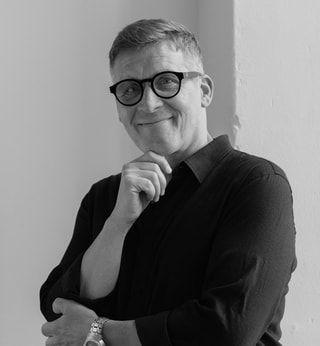
Risto Etelämäki
Risto Etelämäki
A versatile and seasoned content professional with deep expertise in marketing communication strategy and design. A brand and concept expert who strongly believes in the power of brand as a key business driver. A multi-channel storyteller and writer with a passion for creative problem-solving and teamwork.
